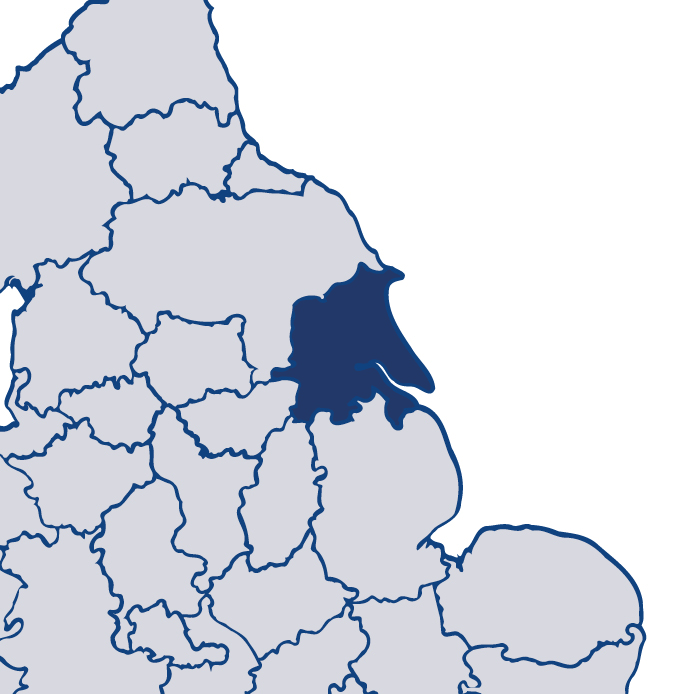Humberside 2017
Read more about HumbersideThis is HMICFRS’ fourth PEEL (police effectiveness, efficiency and legitimacy) assessment of Humberside Police. PEEL is designed to give the public information about how their local police force is performing in several important areas, in a way that is comparable both across England and Wales, and year on year. The assessment is updated throughout the year with our inspection findings and reports.
The extent to which the force is effective at keeping people safe and reducing crime requires improvement.
The extent to which the force is efficient at keeping people safe and reducing crime requires improvement.
The extent to which the force is legitimate at keeping people safe and reducing crime is good.

Matt Parr, Her Majesty’s Inspector of Constabulary
HMI's observations
Read my assessment of Humberside Police below.
I am satisfied with some aspects of the performance of Humberside Police in keeping people safe and reducing crime, but the force needs to make improvements in some areas to provide a consistently good service.
Although the force continues to be assessed as requiring improvement in its effectiveness and efficiency, we have found evidence of continued progress. I am encouraged by improvements in the force’s:
- ability to identify vulnerability at the first point of contact;
- understanding of the demand it faces, now and in the future; and
- grasp of mental health issues.
However, it needs to do more to:
- improve the quality of investigations;
- understand the skills and capabilities of its workforce; and
- ensure independent oversight of its use of coercive powers.
In addition, while I am pleased with the force’s commitment to improving child protection and police custody, it still has more to do.
I commend the improvements that Humberside Police has made since last year, and look forward to seeing further progress in the coming year.
Effectiveness
How effective is the force at keeping people safe and reducing crime?
Efficiency
How efficient is the force at keeping people safe and reducing crime?
Legitimacy
How legitimate is the force at keeping people safe and reducing crime?
Other inspections
How well has the force performed in our other inspections?
In addition to the three core PEEL pillars, HMICFRS carries out inspections of a wide range of policing activity throughout the year. Some of these are conducted alongside the PEEL inspections; others are joint inspections.
Findings from these inspections are published separately to the main PEEL reports, but are taken into account when producing the rounded assessment of each force's performance.





